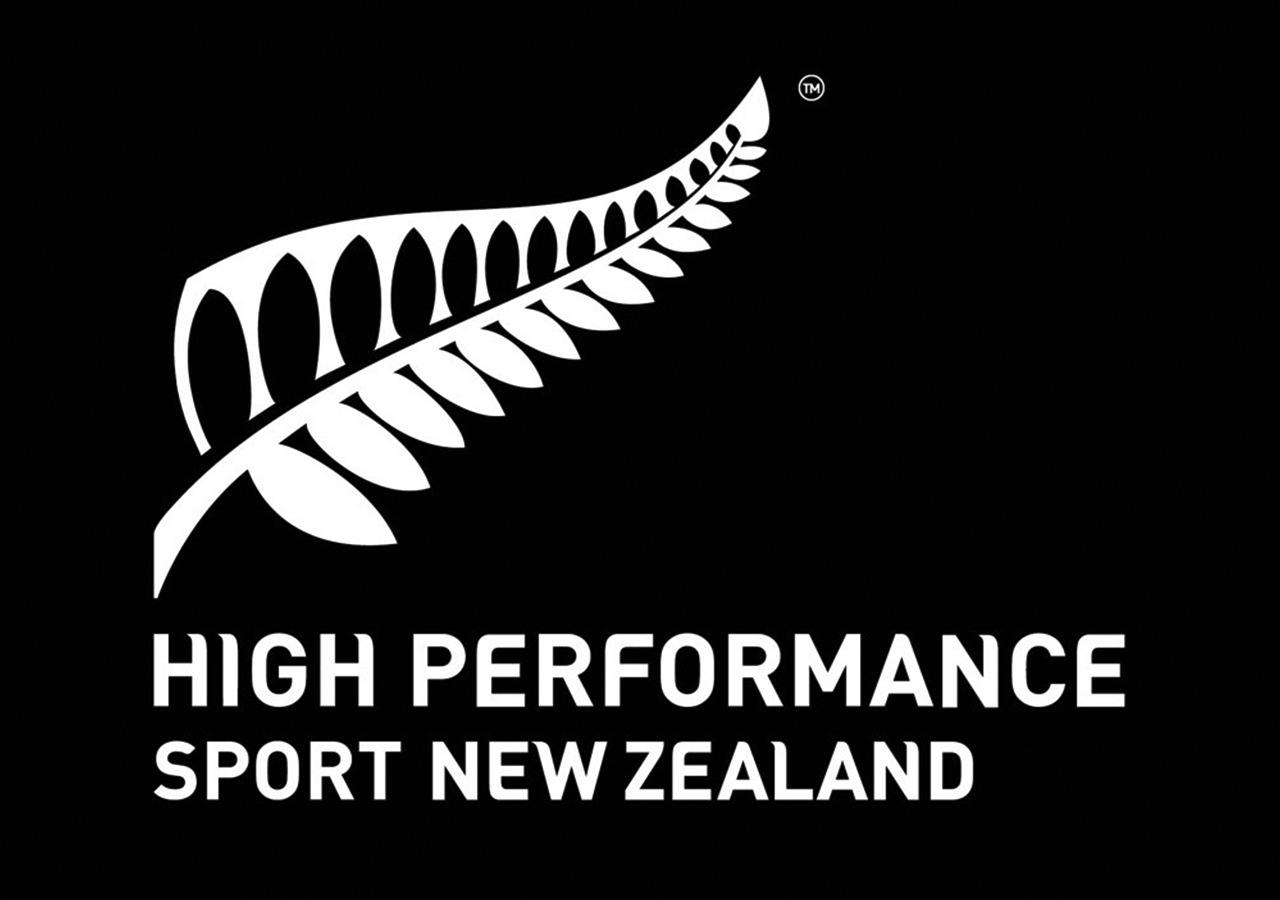Human Augmentation for Rhythm Skill Acquisition in Elite Sport
2024 – ongoing

Summary
Several track and field sports require athletes to choose and train a certain gait rhythm. For example, a high jumper will choose a certain path towards the bar and the lift-off that requires a specific amount of steps at a certain frequency. Similarly, long jumpers or triple jumpers will carefully choose a rhythm to approach their lift-off, or hurdle runners train a specific rhythm to be followed in between hurdles.
Choosing the rhythm is influenced by many variables such as the athlete’s biomechanical characteristics, the surface, the weather etc. The goal, however, is to optimise the rhythm to achieve the best possible result. Often some of the variables influencing the rhythm change within one competition and being able to adapt and change the rhythm has a strong influence on the athlete’s ability to deliver the best possible performance.
This project’s main research goal is to investigate novel ways to train different rhythms and rhythm adherence. For this purpose, it will look into technologies for human augmentation that can enhance a human’s capability, e.g., for training rhythm by providing near real-time visual, auditory or haptic feedback on rhythm adherence. The initial focus on rhythm may be widened at a given time to also provide feedback pathways, e.g., when approaching the lift-off during high jump.
Acknowledgement
This project is funded by High Performance Sports NZ.
Contact
Project Team

Stephan Lukosch
